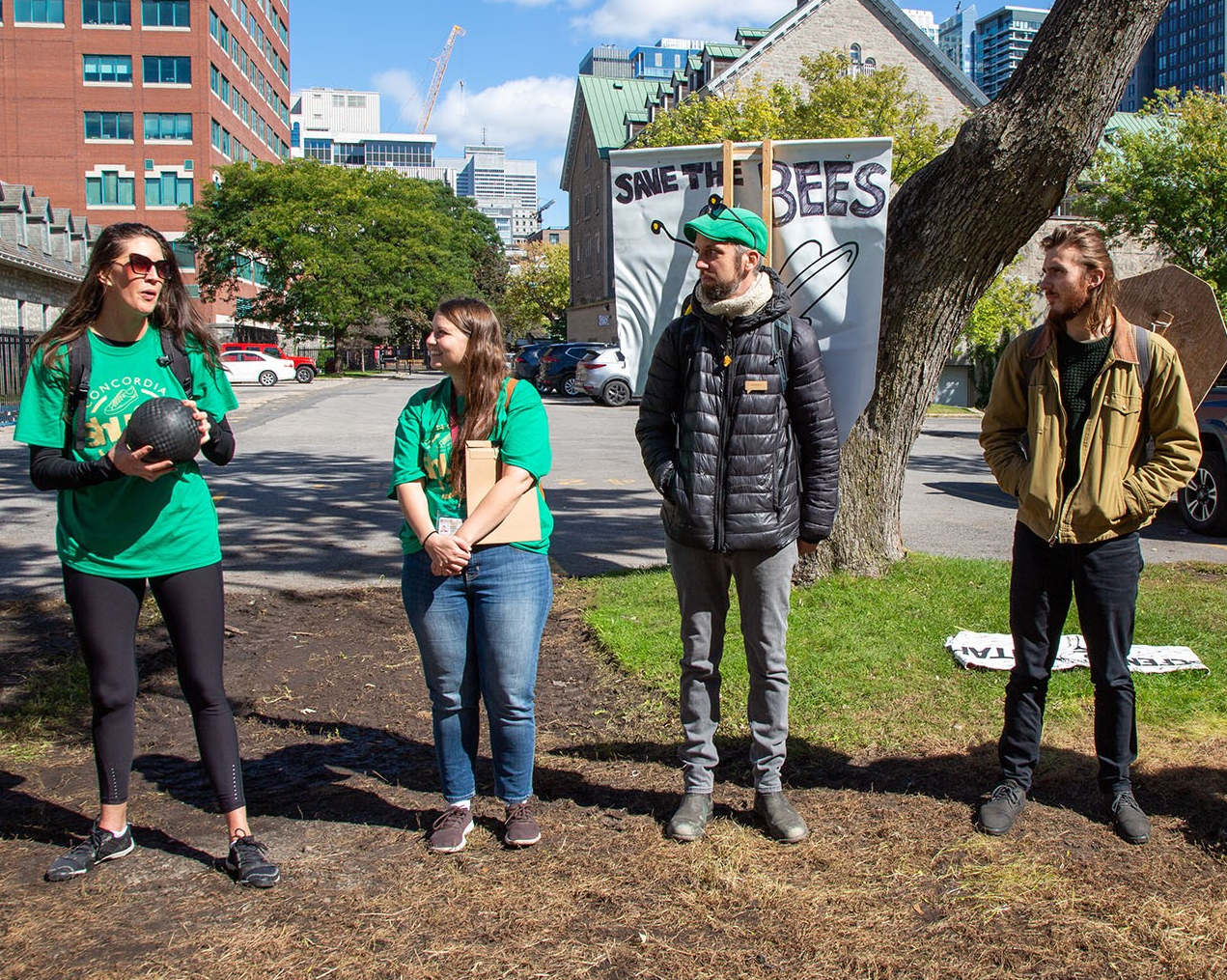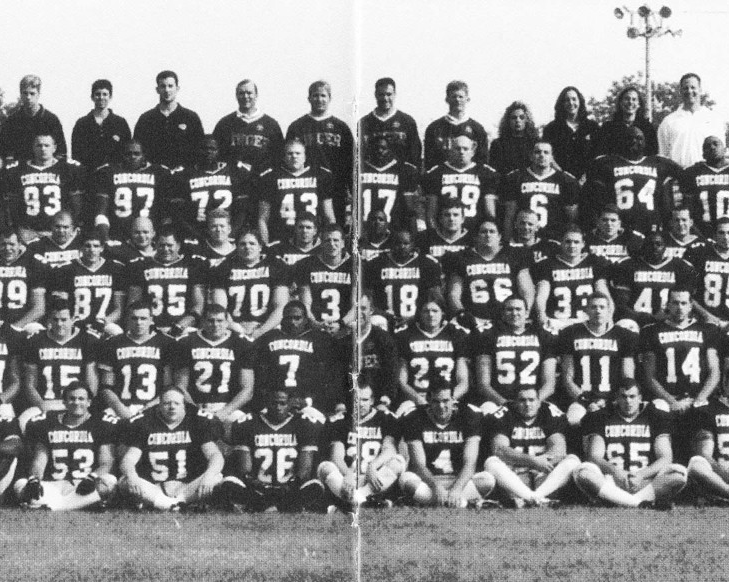“It was one of the few times I had to put down my cameras to help aid workers, hire locals and start digging latrines,” he recalls. “That same night, the refugee camp was attacked and the refugees dispersed into the forest.”
Then, when the United States invaded Iraq on March 20, 2003, LeMoyne was embedded with American soldiers riding in a tank-like armoured vehicle. In the dark of night, their group of five vehicles took a wrong turn before their ammunition truck fell over and spilled its explosives.
In the morning, LeMoyne remembers, “Iraqi villagers were curiously looking at us from down the road. Because of our huge pile of munitions, the soldiers were prepared to shoot the villagers if they came closer.
“You can’t do that!” LeMoyne told the soldiers. He then offered to frisk the villagers. “The soldiers agreed and, with guns trained on me, I did, so those villagers would not be killed. It was one of those moments you can’t quite believe is happening.”
Award-winning eye
LeMoyne’s work has won numerous awards, including the top photojournalism prize at the 2020 National Magazine Awards — Gold in Photojournalism and Photo Essay — for “Who Owns Colombia’s Gold?” published in The Walrus.
His work has appeared in Paris Match, Life, TIME, Maclean’s, The Globe and Mail, and National Geographic, among other publications. His photos can be found in Library and Archives Canada, the U.S. Library of Congress, the CIDA Photothèque and UNICEF photo library.
LeMoyne's award-winning 2005 photo collection "Détails obscurs" examines the effects of conflict on civilians. He is currently at work on his second book — about Haiti — tentatively titled "La République de Port-au-Prince."
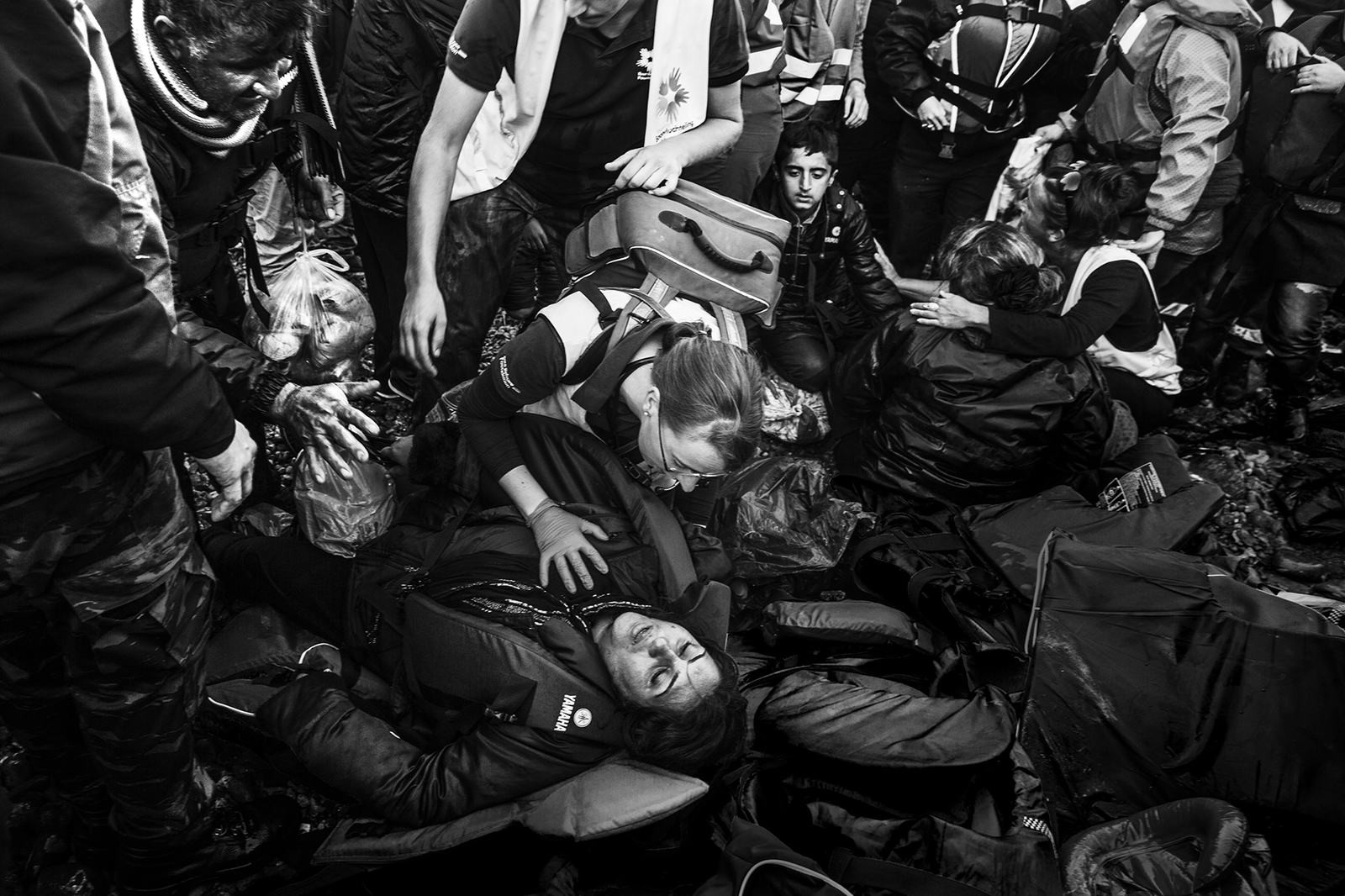 From Roger LeMoyne's, BFA 79, portfolio: Aid workers from the Dutch organization Stichting Bootvluchteling attended to Syrian refugees on November 18, 2015, moments after a rubber raft carrying 40 to 50 migrants reached the shore of Lesbos island near the town of Skala Sikamineas. The raft had set out from Turkey several hours earlier and reached the shore of Lesbos just before nightfall.
From Roger LeMoyne's, BFA 79, portfolio: Aid workers from the Dutch organization Stichting Bootvluchteling attended to Syrian refugees on November 18, 2015, moments after a rubber raft carrying 40 to 50 migrants reached the shore of Lesbos island near the town of Skala Sikamineas. The raft had set out from Turkey several hours earlier and reached the shore of Lesbos just before nightfall.
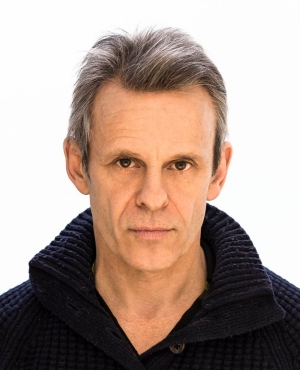 LeMoyne is a photographer with more than 30 years of experience documenting disasters, war and civil strife around the world.
LeMoyne is a photographer with more than 30 years of experience documenting disasters, war and civil strife around the world.
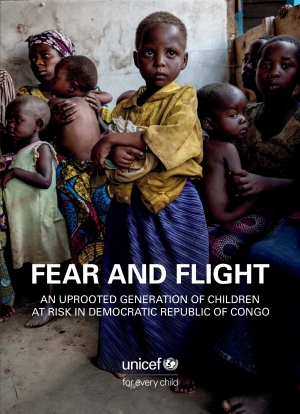 LeMoyne’s photo of five-year-old Sifa Havugimana was the cover of a February 2021 UNICEF report on the plight of civilians in the Democratic Republic of the Congo. Havugimana was waiting for her turn to be monitored for malnutrition.
LeMoyne’s photo of five-year-old Sifa Havugimana was the cover of a February 2021 UNICEF report on the plight of civilians in the Democratic Republic of the Congo. Havugimana was waiting for her turn to be monitored for malnutrition.
